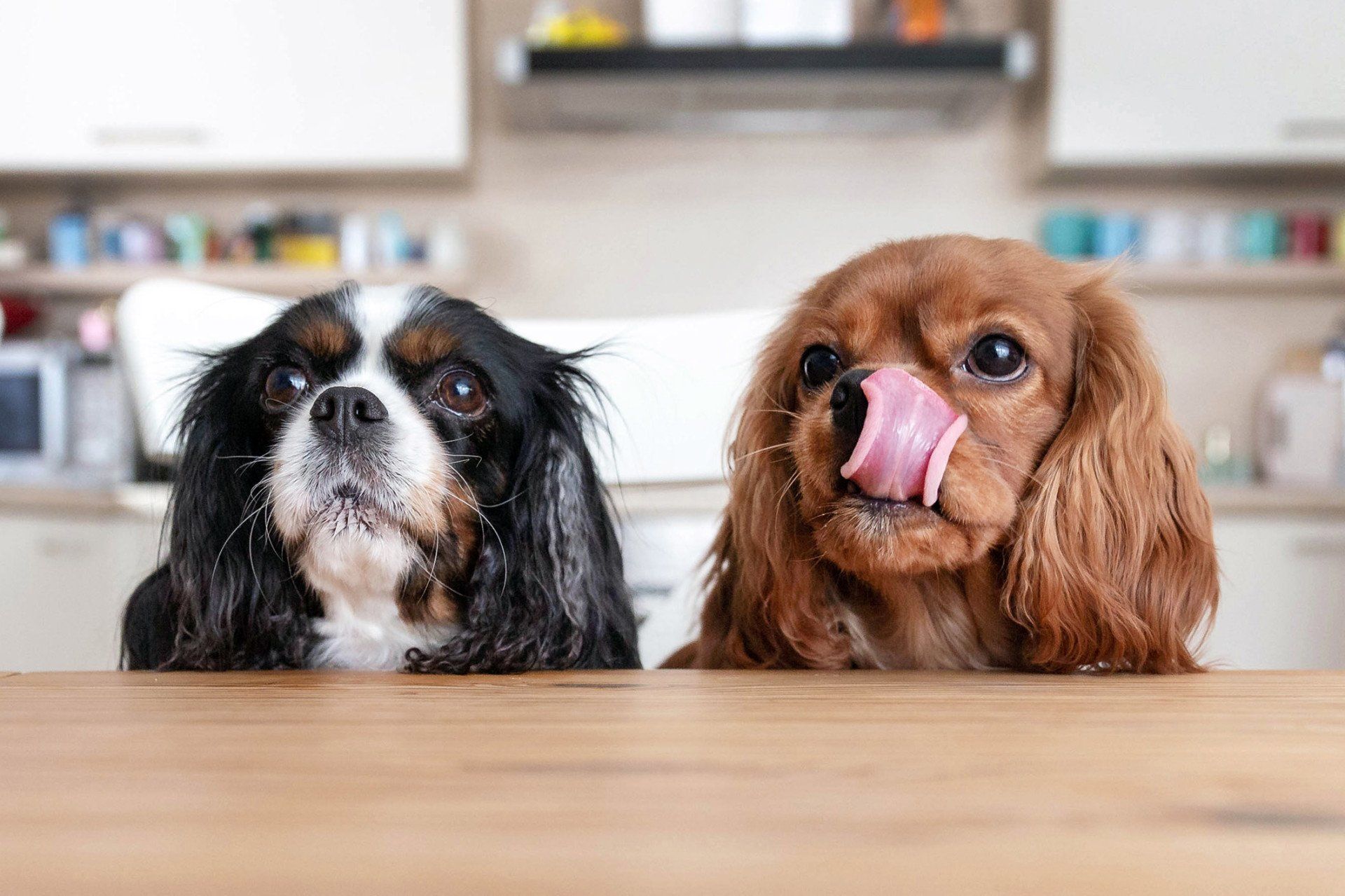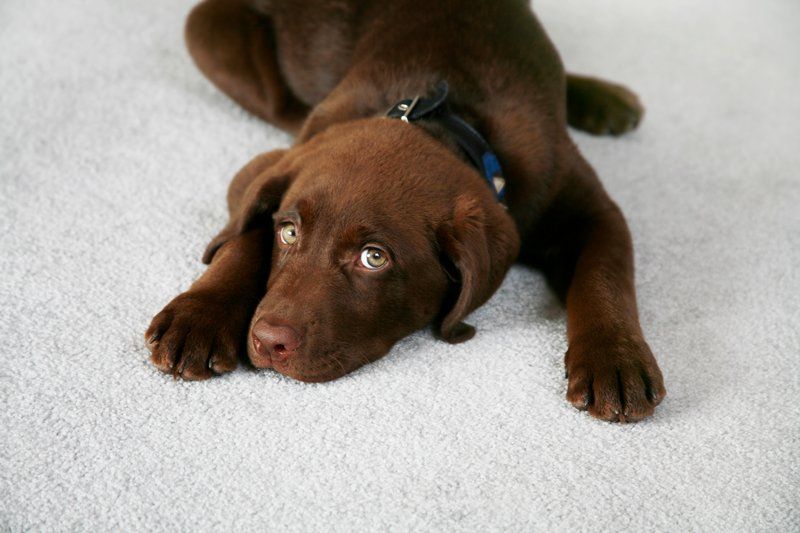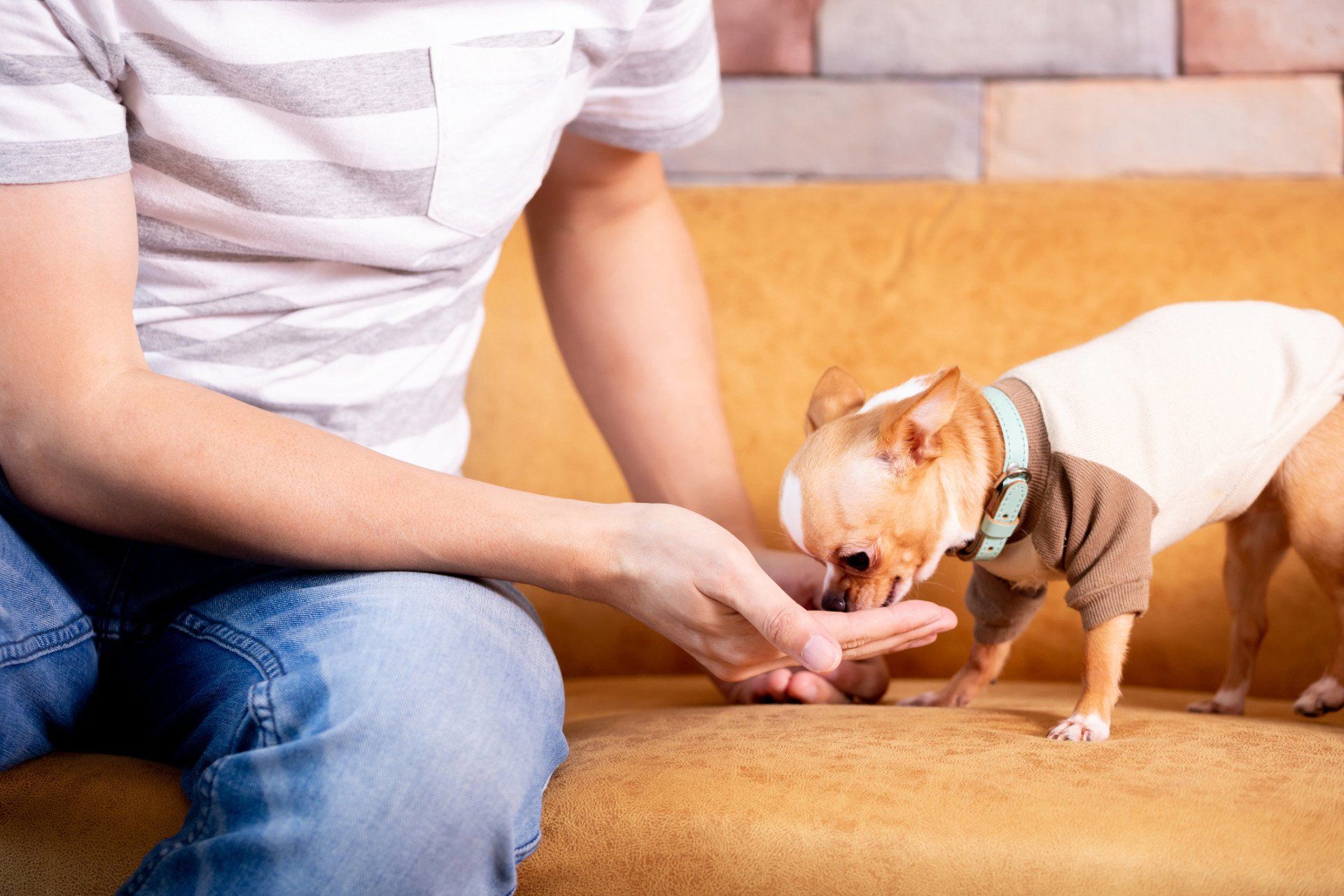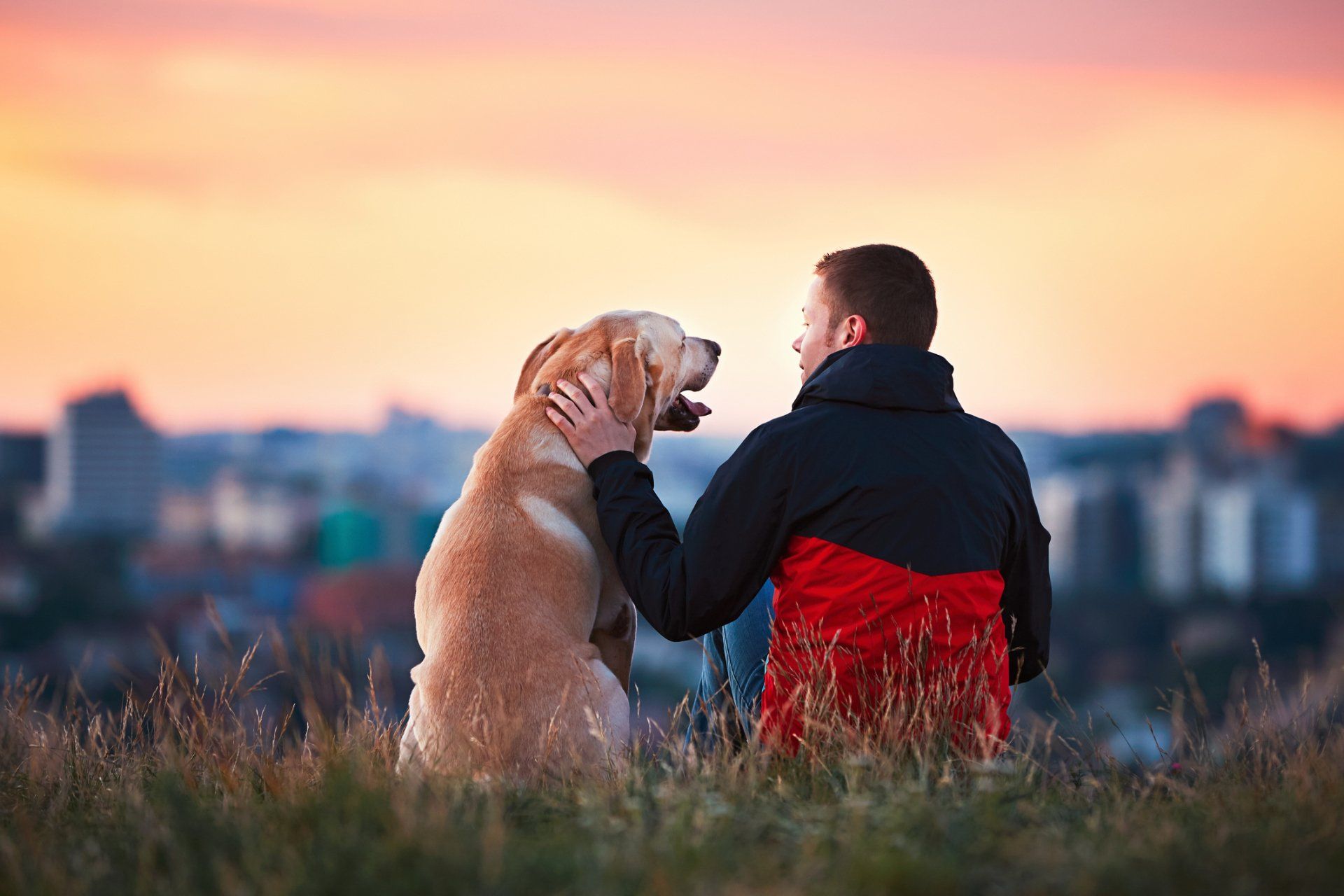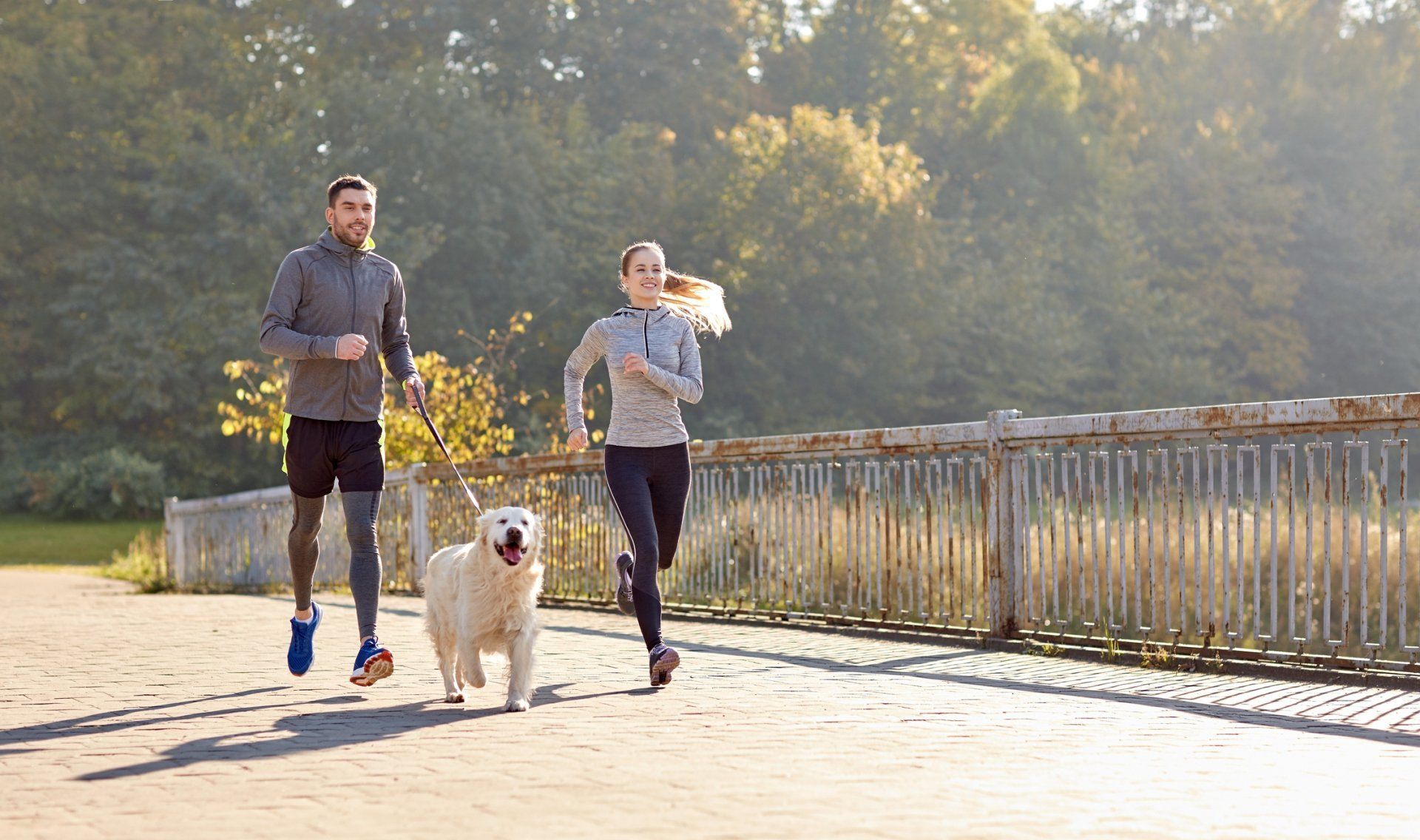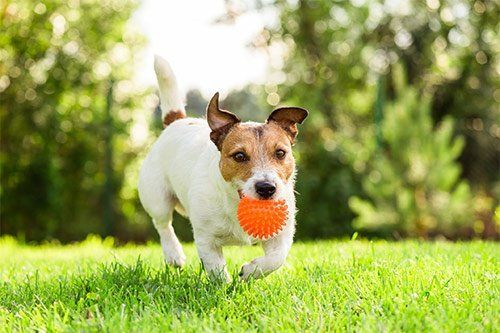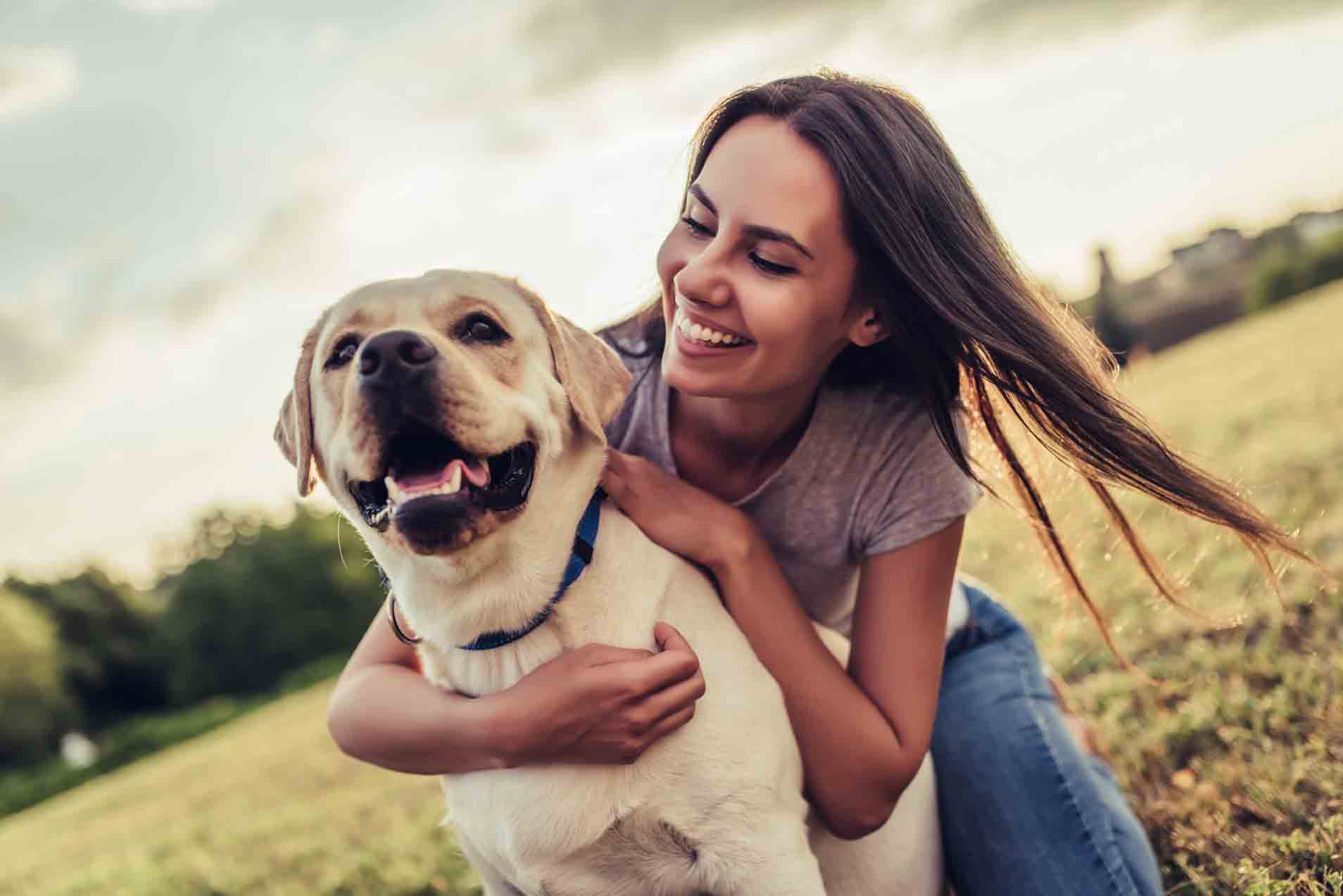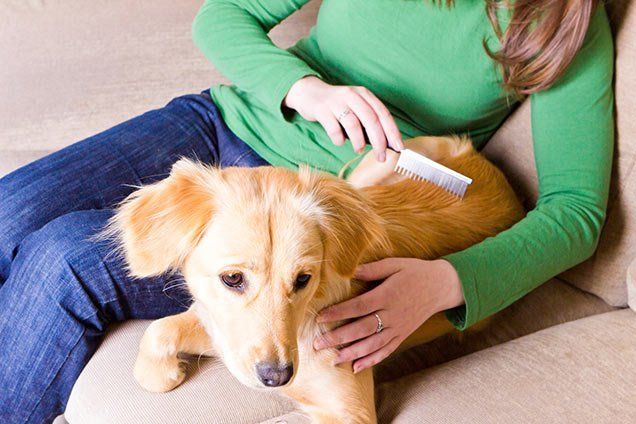Preparing Puppies for Their First Walk
One of the main reasons people get dogs is so they can take them on walks. Having a dog in your household encourages you to get out yourself. Well, puppies aren't born with an innate knowledge of how to walk on a leash. As with so many other lessons early on, you need to teach them.
You want your puppy's walk experiences to be positive ones. Well, those positive experiences start with the first walk. Make your puppy's first walk pleasant with early preparation.
Get Important Immunizations
Before you let other dogs around your puppy, you want to be sure their vaccinations are up-to-date. You don't want to trust that the other dogs are properly vaccinated or that they'll maintain their distance. Instead, get all the important vaccinations for your puppy on the proper schedule. Vaccinations start as early as six weeks of age.
Their core vaccinations protect them against Distemper, Canine Infectious Hepatitis, and Parvo. They may also get vaccinations against Kennel Cough and Dog Flu. All initial vaccinations require boosters every three to four weeks until the puppy is 16 to 17 weeks old. Several factors impact the immunization schedule, so discuss your puppy's full history with your veterinarian.
Start Socializing Puppies Early
Dogs meet other dogs on walks. Therefore, proactively exposing them to other dogs and people must start early on. Depending on your puppy's health status, they can start the socialization process as early as one week after receiving her first vaccination. At that time, your puppy can go to puppy classes or otherwise meet other dogs as long as those dogs are known to be healthy.
Puppies will always be curious and ready to learn. However, they best become socialized between 8 to 16 weeks of age. Start with frequent but short sessions that you're in full control of. For instance, invite different friends over, and encourage them to bring friendly, healthy dogs if applicable. Pay attention to your puppy, though, to ensure she's happy and confident during the interaction.
Walk Puppies Inside First
During the same time period as the vaccination and socialization process, start training your puppy to walk on a leash. Engage her in some positive activity, such as eating or playing, and slip a collar on. Give her affection so she has positive associations with the collar. After she's gotten used to the collar, repeat the procedure with a leash.
Remember, you're still getting your puppy physically and mentally prepared to come into contact with strange dogs and people. So, you want your first walks to be inside your home. Once she's used to the leash, guide her around the house. She may struggle against the guidance - don't force her. Instead, reassure her. When she's ready, you may try a short walk in the yard.
Begin Obedience Training
You have many schools or obedience training to choose from. Indeed, you may enroll your puppy in "kindergarten." Even if you don't want an overly formal style of obedience training, you do want an obedient dog. So, before taking her on her first walk, train her to start and stop.
All training should be positive. Never yank or pull your puppy. If she starts leading you instead of vice versa, simply stand still until she settles again. You may reward her with treats or affection. Keep all training consistent so your puppy doesn't get confused and frustrated.
Try a Short, Planned Walk
Once you've laid all the groundwork, you can finally take your puppy for her first real walk. Check the status of her socialization and immunization process just in case she comes across someone unexpected. However, you want to plan out the walk to minimize that danger.
While you're walking her, keep your focus entirely on her reactions. If she seems nervous, cut the walk short. However, also encourage her to explore while she's out in the real world. Keep your focus on her, though, to ensure she's not chewing on anything dangerous.
Take the proper preparatory steps to get your puppy ready for her first walk. If you need help with any aspect of dog training, contact Eli's Friends.



